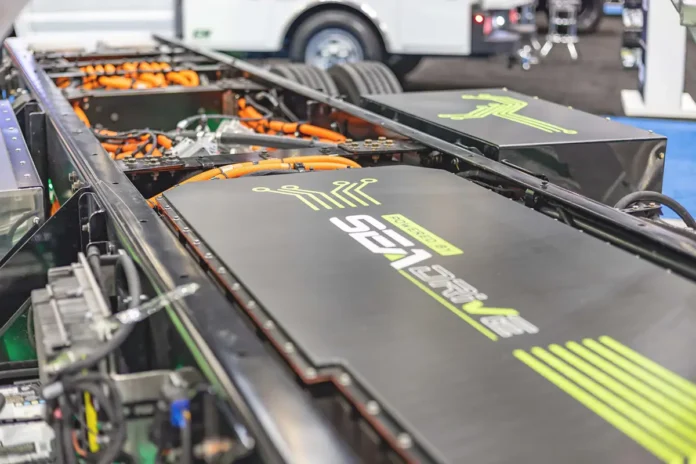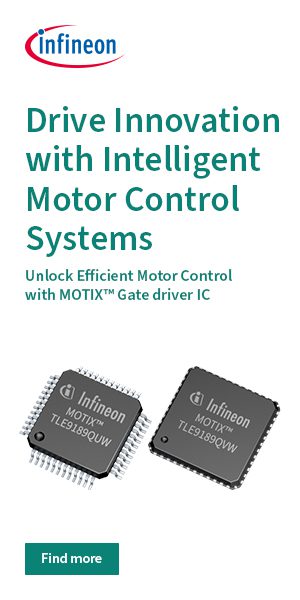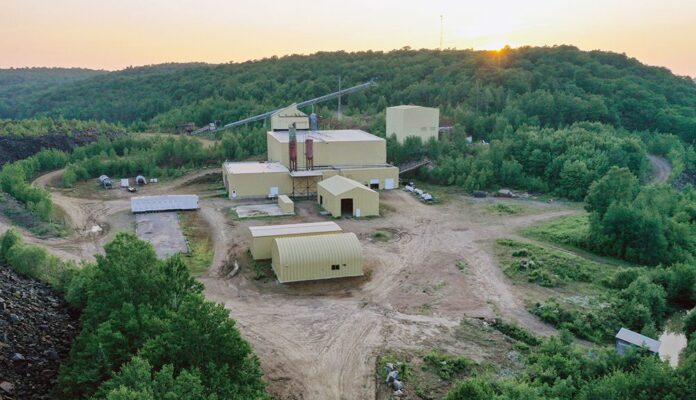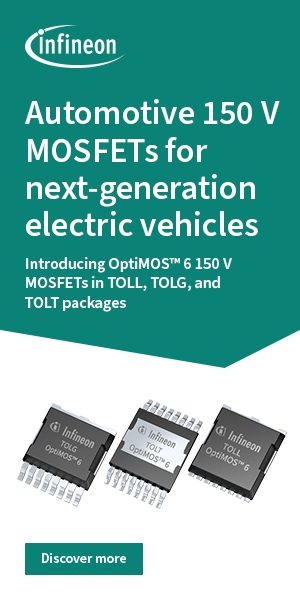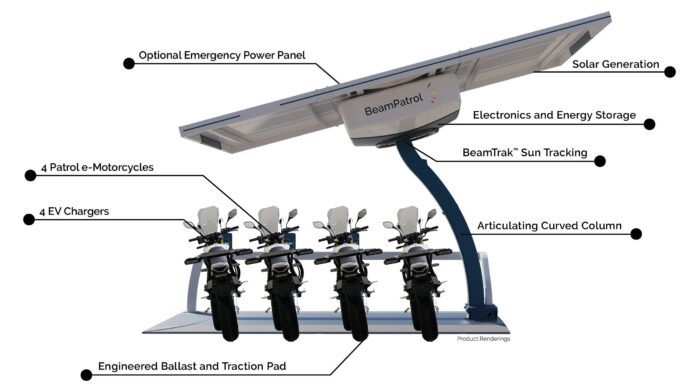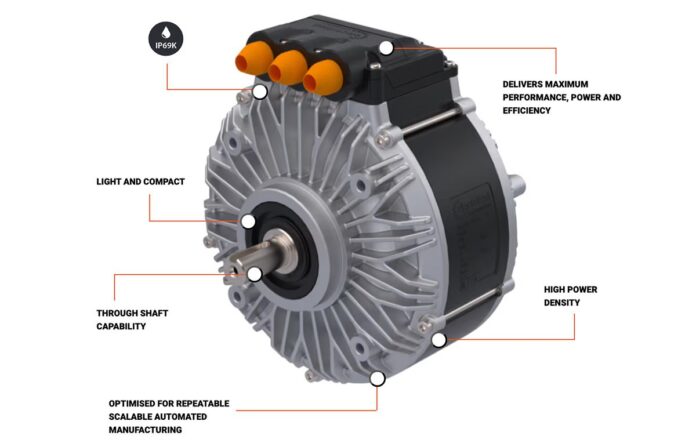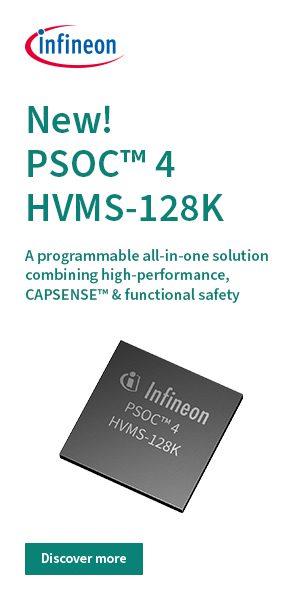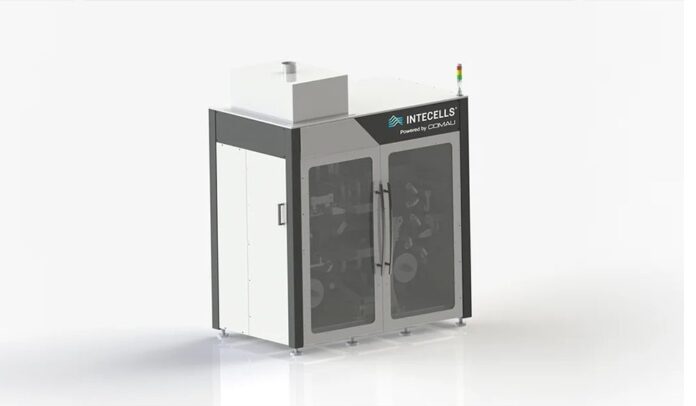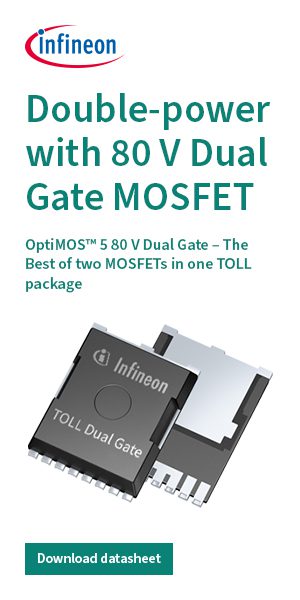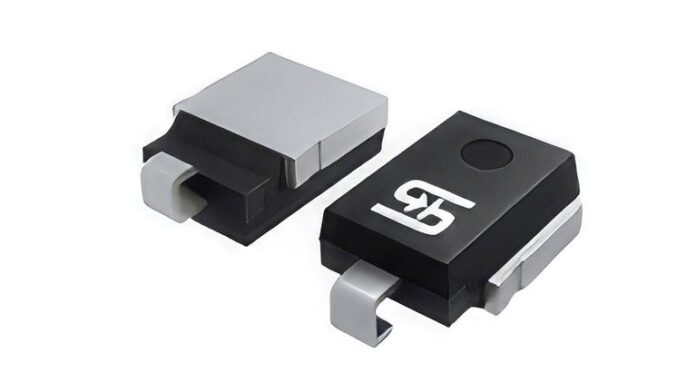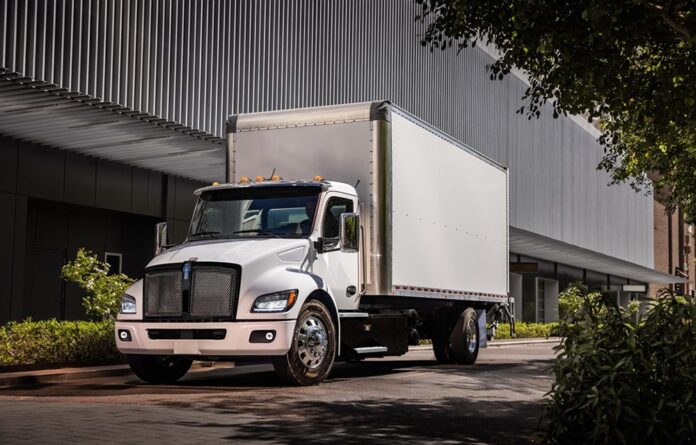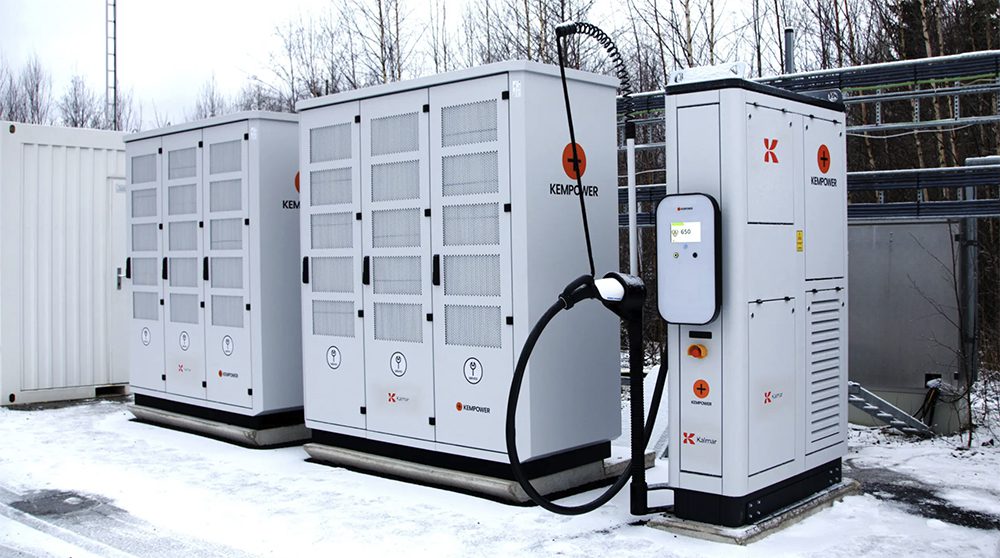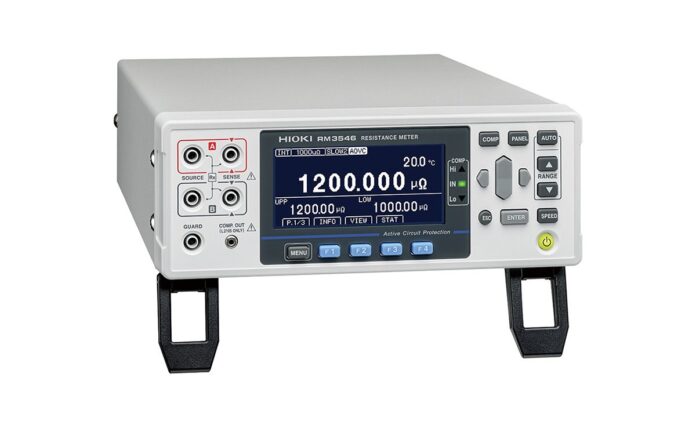Kenworth, a PACCAR company, has launched its first conventional medium-duty battery-electric trucks: the T280E, T380E and T480E. These new Class 6-8 BEV models are designed for a wide variety of applications, including pickup and delivery, utility, regional haul and vocational applications.
The new models are now available for order from Kenworth dealers in the US and Canada. Production is scheduled to begin in 2026.
“The launch of our new medium-duty battery-electric lineup demonstrates Kenworth’s dedication to helping customers transition to zero-emission transportation with practical, powerful, and flexible solutions,” said Kevin Haygood, Kenworth’s Assistant General Manager for Sales and Marketing. “The T280E, T380E, and T480E are engineered to deliver the performance and dependability our customers expect from Kenworth, while offering the benefits of reduced emissions and quiet operation.”
Kenworth’s medium-duty BEVs are powered by PACCAR’s fully integrated ePowertrain platform, which offers multiple electric motor ratings from 170 kW (230 hp continuous, 335 hp peak) up to 350 kW (470 hp continuous, 605 hp peak), with peak torque ratings of 1,100 or 1,850 lb-ft. This flexible platform allows customers to spec trucks for local delivery routes, regional distribution or vocational applications that require higher power.
Two battery configurations are offered: 250 kWh (up to 200 miles of range); and 375 kWh (280 miles). All models feature DC fast charging capability with peak charging rates up to 350 kW, supported by PACCAR Parts’ full suite of charging solutions.
- The T280E (Class 6, 26K GVWR) is offered with e-motor ratings up to 270 kW and up to 200 miles of range, making it suitable for pickup and delivery, as well as urban routes.
- The T380E (Class 7/8, 33-50K GCWR) is available as a truck or tractor with e-motor ratings up to 350 kW and up to 280 miles of range—it’s designed for pickup and delivery, regional haul, utility and light vocational applications.
- The T480E (Class 8, 66-82K GCWR) is available as a truck or tractor with e-motor ratings up to 350 kW and up to 200 miles of range—it’s suitable for heavier pickup and delivery applications, drayage, utility and select vocational applications.
PACCAR’s central drive e-motor is designed to allow wheelbase flexibility, lift axle installations and vocational-friendly BEV integrations. All three models feature factory-installed options for high-voltage ePTO ports, which can be used to power equipment, a mechanical ePTO, or body configurations in conjunction with aftermarket body upfitters.
“Kenworth builds a truck and a powertrain for every job and is proud to expand our comprehensive range of battery-electric models across both vocational and on-highway markets,” said Haygood. “With the addition of the T280E, T380E, and T480E, customers now have even more options to spec trucks that align with their business needs and sustainability goals.”
Source: Kenworth Truck
